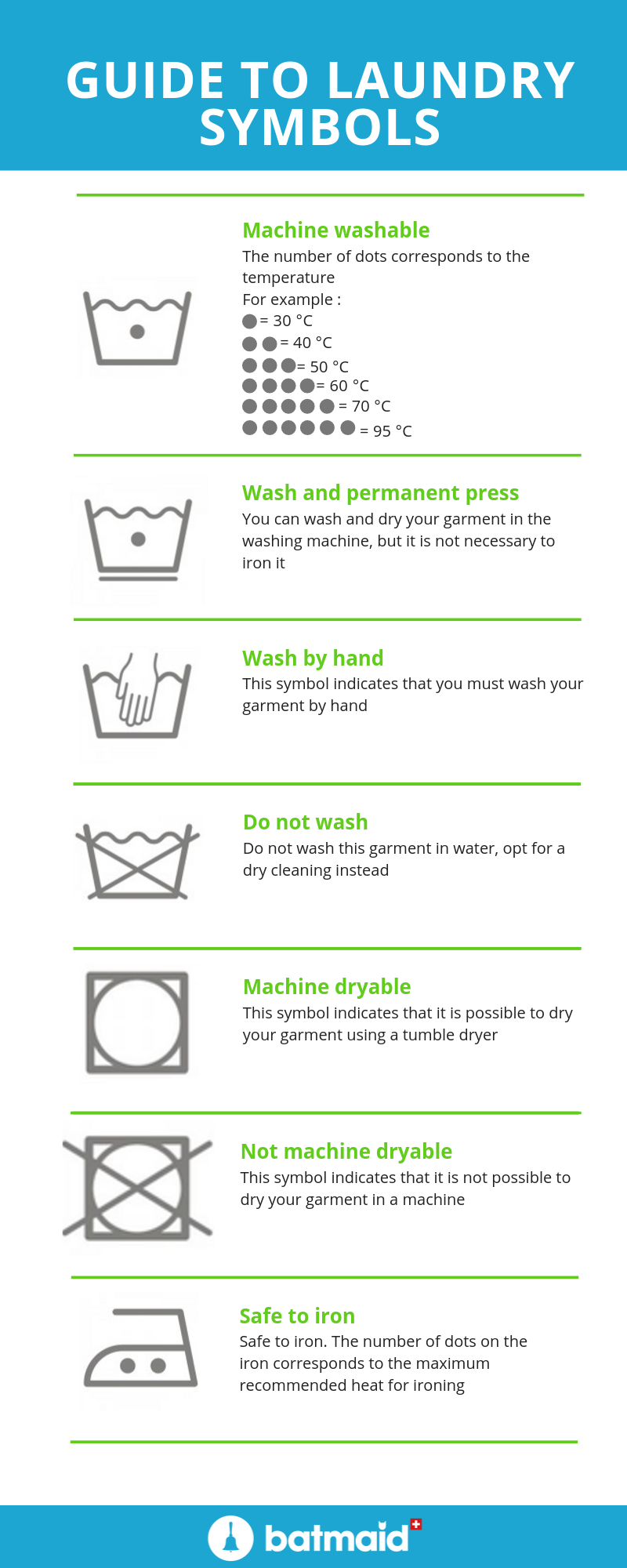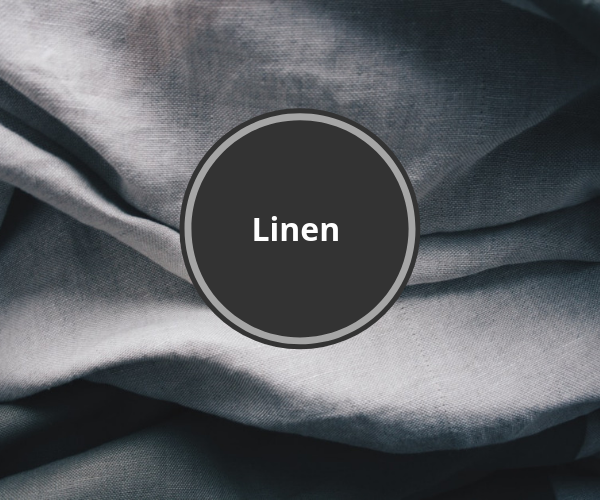How to care for your delicate fabrics
September 20th at 11:53am

We all have a favorite article of clothing in our wardrobe that gets more than its fair share of use, which unfortunately usually leads to the fabric being slowly worn out… It’s not all bad though, did you know you can actually increase the life expectancy of your favorite garments by making a few small changes to your washing habits? We present you our list of clothing care techniques to keep you looking great for longer!
Wash before use
Far too often people will buy a new article of clothing, then go ahead and wear it immediately without washing it. This is a big mistake! Recently store-bought clothes often contain bacteria, due most likely having been tried on by a whole host of people before ending up in your shopping cart. These bacteria could cause skin irritation or even inflammation.
According to Caroline Cox, Senior Scientist at the Center for Environmental Health, her team has "come to the conclusion that lead-containing pigments are frequently found in accessories made of artificial materials, particularly those with a glimmering pigmentation’’. Cox goes on to explain that her research center has identified nearly 200 companies selling products containing lead. Suffice it to say that lead, along with many other chemicals used for the pigmentation of clothing, can be extremely harmful to the skin… It is precisely for this reason that it is important to wash the spoils of your shopping sessions before wearing them out!
The ABCs of cleaning clothes
At face value, cleaning your clothes isn’t exactly the most difficult of tasks. However, if you’re looking to extend the life of your clothing, then there are certain additional steps you can take that are well worth your time.
The first one is to find out the hardness of the water in your region. This metric is defined as the percentage of dissolved minerals (mainly calcium and magnesium) present in the water. The "harder’’ the water, the higher the contained percentage of dissolved minerals. A simple solution to protecting your clothes and your washing machine from limescale buildup is using more detergent than recommended for your wash cycles.
The second core rule when it comes to clothing maintenance is to fully understand all the warning signs on the tags. After all, they’re there for a reason! Here is a small compilation of the symbols you need to know:

Cleaning guide by type of clothing
It is important to adapt your cleaning method to each type of clothing, as every material requires specific care.
1 - Silk washing

Often times we are afraid to machine-wash silk clothing, and rightly so, as it is an extremely delicate material… That being said, it is in fact possible to care for it without having to head to the dry cleaners! You can wash your silk fabrics at a low temperature with the "delicates’’ setting on your machine. Alternately, if you don’t trust this setting, there is always the old-fashioned hand wash with mild soap and cold water. Do try not to leave it in cold water for more than 5 minutes for fear of it stretching out of shape. As for drying, the best course of action is to just leave it hanging up away from direct sunlight.
2 - Washing wool and cashmere

Wool and cashmere are also very fragile materials, and often difficult to wash without issue. The golden rule when it comes to these two is to always store them correctly, whether dirty or clean. It’s important not to ball or crumple them up, even if we have a tendency to do so with dirty clothes.
The best way to clean them is to put them through the washing machine at a low temperature in a laundry sack or pillowcase to stop them rubbing up against the side of the machine and causing damage.
For a 100% eco-friendly laundry product, we recommend the Lily Craft recipe:
- 150 g of Marseille soap shavings
- 4 L of water
- 15 drops of tea tree essential oil
- 15 drops of lavender essential oil
If you have a delicate jumper, don't be afraid to wash it by hand with baby soap: softness guaranteed!
To prevent your cashmere sweaters from shrinking when drying, program your machine to have a spin cycle of under 1000rpm, then dry them by laying them out. If you happen to notice any pilling, you can remove it very easily using a razor before storing the garment.
The main thing to keep in mind when taking care of your wooly or cashmere jumpers is to store them correctly. When your cleaning is done, fold them appropriately and only then put them away.
3 – Down Jackets washing

Down jackets are a must have for cold winters, but before you break them out for the season, give them a little TLC!
The simplest way to do so is to wash them in the machine with a few tennis balls, but we recommend taking the extra time to wash them by hand for optimal results. Start by moistening your jacket with a cloth or cleaning glove that has been doused in soapy water. Once you’ve given the area a once over, finish by rinsing in the same manner, but this time only with water.
To ensure that your freshly washed coat regains its puffiness, hang it up on a wooden hanger (preferably in the sun). It should go without saying but let’s get it out there anyways: Never leave your puffer coat in a wardrobe or closet if it is still wet, for fear of mould!
4 - Nylon washing

When it comes to washing nylon clothing, nothing could be easier. Stick them into a fishnet washing bag and put them through a cold wash in your machine! Dry them by hanging them up and you’re good to go!
5 - Linen washing

Linen clothes are more of a summer affair, but it’s still good to know how to clean them.
These articles of clothing can be rather stubborn on occasion, so it is for this reason that we recommend giving them a good soak before attempting to wash them. Soaking your linen in cold water overnight is an age-old trick that will actually make it more resistant to future stains.
Once it has done its time soaking, you can throw it into the machine for a wash at 40 degrees maximum with some mild detergent or baby soap. You can then opt for a natural air dry, without the need for excessive spinning, and if you lay it all out correctly you can actually avoid having to do any ironing!
We hope that this detailed guide on clothes care will be of use to you. If you have any tips of your own with regard to caring for your garments, please do let us know! We would love to hear from you.

